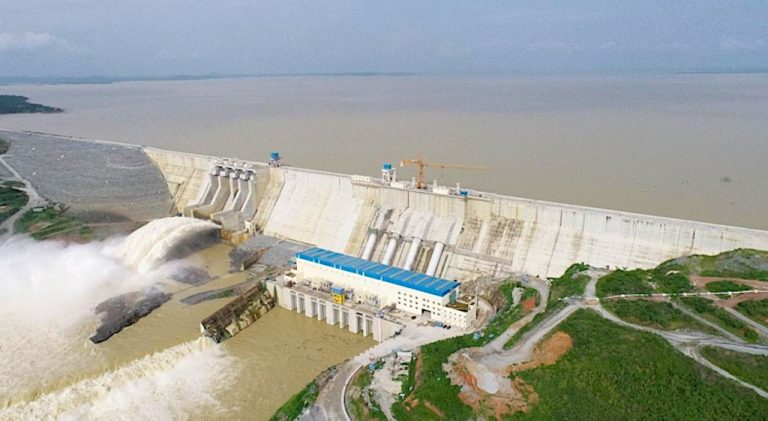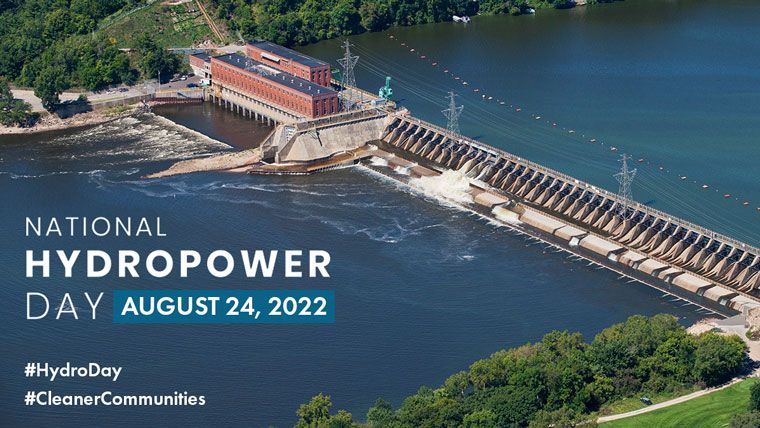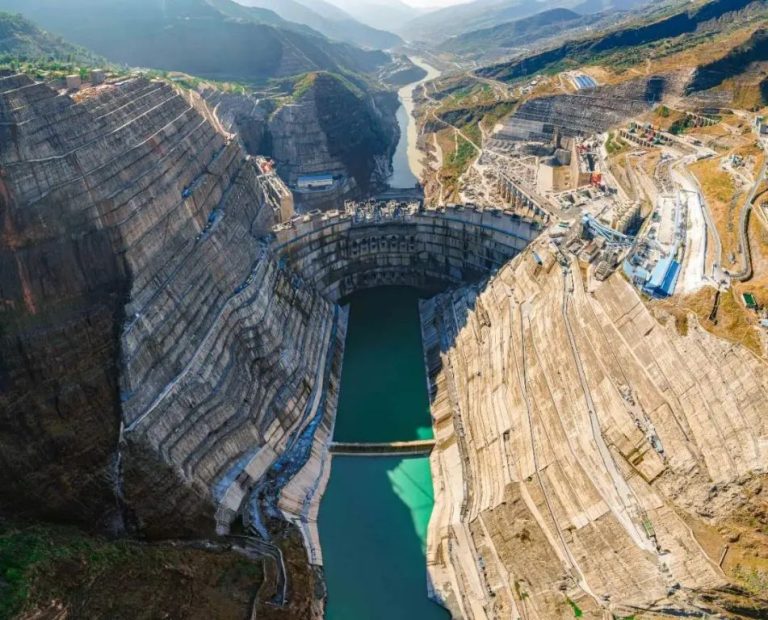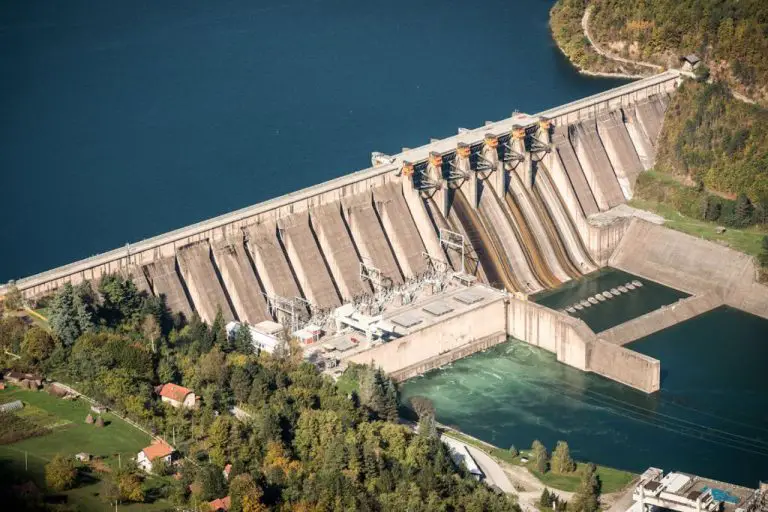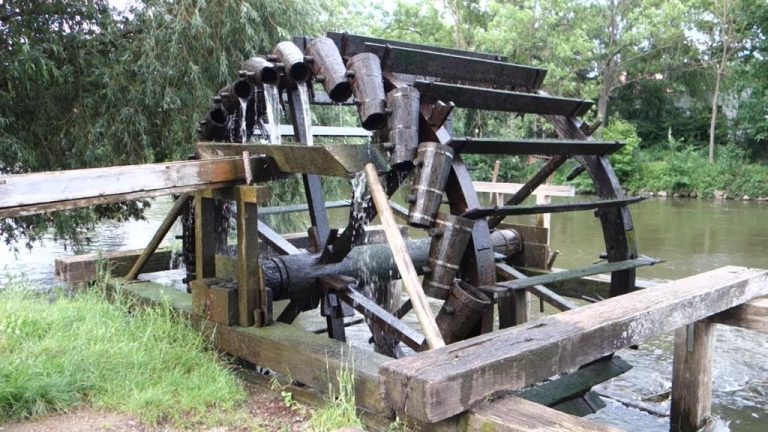What Are Hydropower Sizes?
Hydropower is an important renewable energy source that utilizes moving water to generate electricity. The size of hydropower facilities is classified based on their generating capacity, which ranges from small residential-scale systems to massive mega-projects. Understanding the difference between hydropower sizes is important as it determines the scale of the project, its costs, environmental impacts, and contribution to energy supply.
The hydropower industry categorizes facilities into sizes based on their nameplate generating capacity or the maximum amount of power they can produce. The size classification provides an overview of the scale and significance of different hydropower resources. Generally, hydropower is divided into the following size ranges:
Pico Hydropower
Pico hydropower refers to hydropower systems with a capacity of under 5 kW, typically for an individual home or small community. The name comes from “pico” meaning extremely small. Most pico hydro systems generate under 1 kW of power. According to The World Energy Council, pico hydro systems have capacities of up to 100 kW, but the most common sizes are under 5 kW [1].
Pico hydro systems utilize small rivers or streams with low heads (vertical drop of water) to generate modest amounts of electricity. The systems use propeller style turbines that spin generators to produce power. The small scale makes pico hydro affordable for remote rural communities in developing countries. Pico hydro can provide clean, renewable electricity with minimal environmental impact [2].
Key advantages of pico hydro include low cost, easy installation and maintenance. However, output depends on stream flow and is intermittent. Pico hydro works best as a supplementary power source along with solar panels or wind turbines.
Micro Hydropower
Micro hydropower plants generally have a capacity between 100 kW and 1 MW. They operate by diverting some of the water in a river through a pipe called a penstock which feeds into the turbine and generator housed in a small building called a “powerhouse”.
Micro hydropower systems provide clean renewable electricity to isolated rural communities that are not connected to the main electrical grid. They are an attractive option for remote areas because they utilize the natural flow of water without needing large dams or reservoirs. The small scale makes micro hydropower projects easier to finance and develop compared to larger hydro projects.
Micro hydropower is usually “run-of-river” meaning the natural flow rate of the stream determines the amount of electricity generated. However, some micro hydropower systems can use a small weir or barrage to divert extra flow into the penstock to increase generation capacity.
Micro hydropower systems provide a local decentralized source of electricity that can improve living standards, provide energy for industry, and support sustainable development in rural communities that lack access to the central grid.
Mini Hydropower
Mini hydropower plants typically have a capacity between 1 MW and 10 MW (Wikipedia). At this scale, they can provide power for small communities or industrial applications. The plants utilize the same components as larger hydro facilities, just on a reduced scale. This includes a weir, intake, penstock, turbine, and generator. The most common turbine types for mini hydro are Kaplan, Francis, and Pelton wheels. Many companies offer standardized turbine generator packages for mini hydropower plants to reduce costs and construction time (Andritz).
Mini hydropower has some key advantages over larger facilities. The smaller size reduces environmental impacts and regulatory hurdles. Mini hydro can provide decentralized renewable energy without the need for long transmission lines. The plants have a short construction period and low operating costs compared to fossil fuel plants. Overall, mini hydropower offers an affordable and sustainable energy solution for small-scale needs.
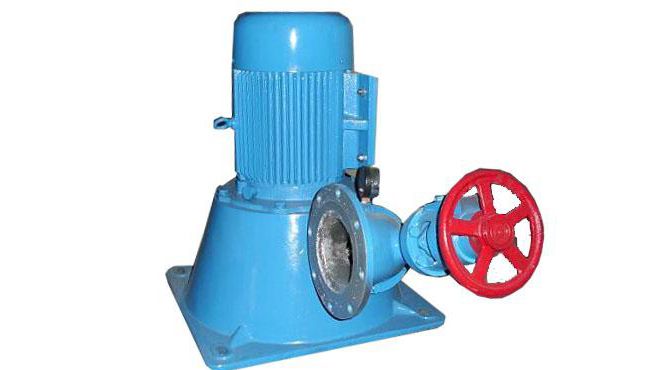
Small Hydropower
Small hydropower systems typically have a capacity between 10 MW and 30 MW (Wikipedia, 2023). They utilize the energy from flowing water, such as rivers or streams, to generate electricity through a turbine and generator. The water flow in small hydropower turns the turbine, which then turns a shaft connected to a generator to produce electricity.
Some advantages of small hydropower systems are that they provide clean, renewable energy with minimal environmental impact compared to large dams. They can also provide electricity to remote areas not connected to the main electrical grid. Small hydropower systems are often “run-of-river” meaning they utilize the natural flow of the river without needing a dam or reservoir (NREL, 2001). This reduces costs and environmental impacts.
However, small hydropower systems face some challenges such as seasonal variations in river flow which affects electricity generation. They also require sufficient water flow and head height for economic viability. Overall, small hydropower provides a flexible, low-impact way to generate clean electricity, especially for remote communities.(Department of Energy, 2023)
Medium Hydropower
Medium hydropower refers to hydropower systems with capacities between 30-100 MW. These systems utilize the energy from flowing water to generate electricity on a fairly large scale through the use of turbines and generators.
At the lower end, medium hydropower plants generate around 30-50 MW. This is enough to provide electricity to a small city. At the upper end, capacities reach up to 100 MW. Plants this large can provide power for a major metropolitan area.
Medium hydropower requires substantial dams and reservoirs to regulate water flow. The reservoirs store water that can be released to the turbines as needed for steady electricity generation. Medium systems provide a balance between large-scale hydropower and smaller mini and micro installations.
The main advantage of medium hydropower is the ability to generate significant amounts of renewable electricity to meet grid demand without the massive infrastructure required for large hydro. The plants operate flexibly to match peak energy usage times. However, medium projects still require substantial investment and environmental assessments.
Overall, medium hydropower provides major electricity generating capabilities from a renewable resource. The systems are scalable to local and regional needs while balancing costs and sustainability.
Large Hydropower
Large hydropower plants typically have a capacity between 100 MW and 1000 MW. According to the U.S. Department of Energy, large hydropower plants have a capacity greater than 30 MW (Types of Hydropower Plants). Worldwide, many countries rely on large hydropower plants to meet their energy needs. Large hydropower projects often utilize dams and reservoirs to store water and control its flow.
Some benefits of large hydropower include its ability to generate a large amount of electricity reliably and efficiently. The reservoirs can also be used for flood control, irrigation, and recreation. However, large hydropower projects can negatively impact the environment by changing river flows, fragmenting fish habitat, and altering sediment transport.
Overall, large hydropower harnesses the power of large rivers to generate clean electricity on a grand scale. With capacities between 100-1000 MW, these massive projects provide essential energy to populations around the world.
Very Large Hydropower
Very large hydropower projects typically have capacities over 1,000 MW. According to the U.S. Hydropower Market Report 2023 Edition, there are currently four very large hydropower projects in North America with capacities over 1,000 MW. These massive projects require major dams and reservoirs and provide abundant electricity generation. However, very large hydropower projects also tend to have greater environmental impacts compared to smaller facilities. While they produce clean, renewable energy, the dams can disrupt river ecosystems and fish migration patterns.
Globally, very large hydropower accounts for the bulk of installed hydropower capacity. As of 2020, facilities over 1,000 MW represented over 40% of installed capacity worldwide. The largest hydropower plants in the world are located in China, Brazil, and Canada with capacities approaching or exceeding 10,000 MW. The construction of new very large hydropower projects is primarily driven by rapidly developing countries seeking to expand their energy infrastructure.
Comparison of Sizes
Hydroelectric power plants can range greatly in size and generating capacity. The smallest plants are pico and micro hydropower, ranging from under 5 kW to 100 kW. These small plants provide power for isolated homes, villages, or small industries. Mini hydropower ranges from 101 kW to 1000 kW, providing energy to isolated communities. Small hydropower plants are 1 to 10 MW, while medium hydropower ranges from 10 MW to 100 MW. These sizes can provide electricity locally or contribute power to the grid.
The largest sizes are large hydropower (100 MW to 4000 MW) and very large hydropower (over 4000 MW). The biggest plants in the world are massive in scale, such as the Three Gorges Dam in China which has a capacity of 22,500 MW. Large and very large hydropower can provide energy to large regions and millions of people via transmission lines.
In summary, pico to medium hydro plants supply local needs, while large and very large hydro generate abundant electricity for widespread distribution. The range in plant sizes allows hydropower to meet energy needs at different scales, from a remote village to a sprawling metropolis.
Conclusion
Hydropower projects come in a wide range of sizes to meet different energy needs. Proper sizing of hydropower is important to maximize efficiency and benefits. The size used depends on factors like location, water flow, and energy demand.
Pico to large scale hydropower provide renewable electricity generation and energy storage capabilities. Very large projects also offer flood control, irrigation, and drinking water. Each scale has advantages and disadvantages that must be weighed for specific applications.
In summary, hydropower’s versatility across a spectrum of sizes makes it a valuable energy solution. With thoughtful project sizing, communities can utilize this renewable resource to meet their energy goals in a sustainable manner.

